Rising Demand for Eco-Friendly Products
The Organic Solvent Dye Market is experiencing a notable shift towards eco-friendly products, driven by increasing consumer awareness regarding environmental sustainability. As industries seek to reduce their carbon footprint, the demand for organic dyes, which are less harmful to the environment compared to synthetic alternatives, is on the rise. This trend is particularly evident in sectors such as textiles and packaging, where companies are actively seeking sustainable dyeing solutions. According to recent data, the market for organic dyes is projected to grow at a compound annual growth rate of approximately 5% over the next few years. This growth reflects a broader commitment to sustainability across various industries, thereby enhancing the prospects for the Organic Solvent Dye Market.
Consumer Preference for Natural Products
There is a discernible shift in consumer preferences towards natural and organic products, which is significantly influencing the Organic Solvent Dye Market. As consumers become more health-conscious and environmentally aware, they are increasingly opting for products that are free from synthetic chemicals. This trend is particularly pronounced in the food and beverage sector, where natural dyes are preferred for their safety and aesthetic appeal. Market Research Future indicates that the demand for natural dyes is expected to rise by approximately 7% annually, reflecting a broader societal shift towards organic and natural solutions. This consumer preference is likely to drive growth in the Organic Solvent Dye Market, as manufacturers respond to the evolving market landscape.
Expanding Applications Across Industries
The versatility of organic solvent dyes is contributing to their increasing adoption across various industries, which is a key driver for the Organic Solvent Dye Market. These dyes are utilized in a wide range of applications, including textiles, plastics, and coatings, among others. The textile industry, in particular, is witnessing a surge in demand for organic dyes due to the growing preference for sustainable fashion. Additionally, the plastics sector is exploring organic dyes as alternatives to synthetic options, which are often associated with health risks. This expanding application base is expected to propel the market forward, with projections indicating a potential increase in market size by 10% over the next five years.
Technological Innovations in Dye Production
Technological advancements are playing a pivotal role in shaping the Organic Solvent Dye Market. Innovations in production processes, such as the development of more efficient extraction methods and the use of biotechnology, are enhancing the quality and performance of organic dyes. These advancements not only improve the dyeing process but also reduce waste and energy consumption, aligning with the industry's sustainability goals. Furthermore, the integration of digital technologies in dye formulation and application is streamlining operations, making them more cost-effective. As a result, companies that adopt these technologies are likely to gain a competitive edge, thereby driving growth in the Organic Solvent Dye Market.
Regulatory Support for Sustainable Practices
Regulatory frameworks are increasingly favoring sustainable practices, which is positively impacting the Organic Solvent Dye Market. Governments worldwide are implementing stricter regulations on the use of harmful chemicals in manufacturing processes, thereby encouraging industries to transition towards organic alternatives. This regulatory support not only promotes environmental sustainability but also enhances consumer confidence in organic products. As companies strive to comply with these regulations, the demand for organic solvent dyes is likely to increase. Furthermore, incentives for adopting eco-friendly practices may further stimulate growth in the Organic Solvent Dye Market, as businesses seek to align with regulatory expectations.


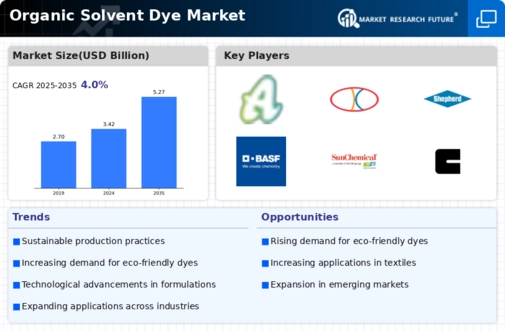
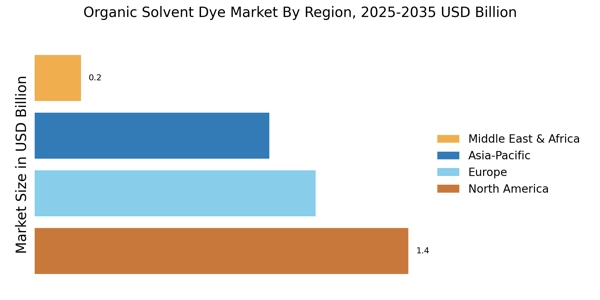

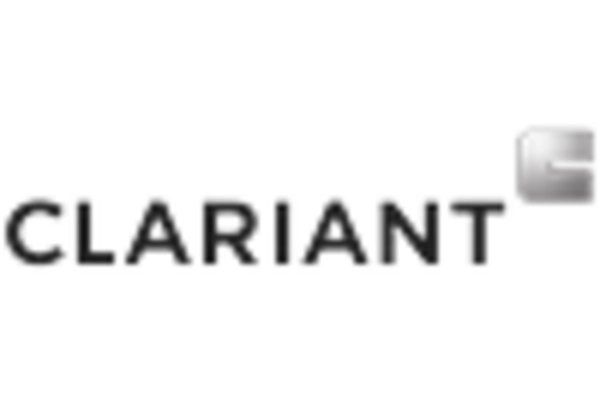
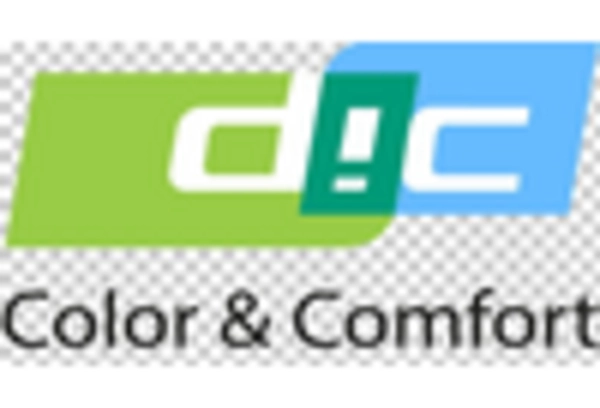


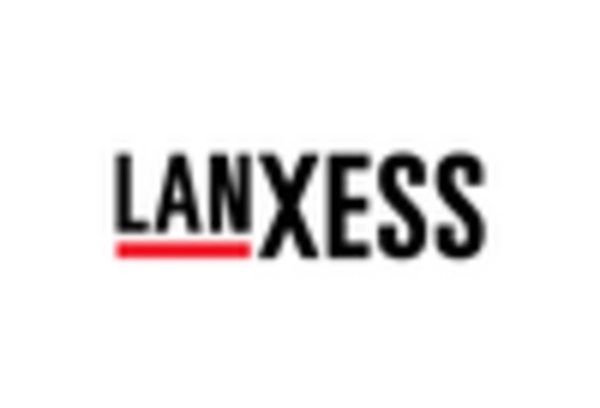








Leave a Comment